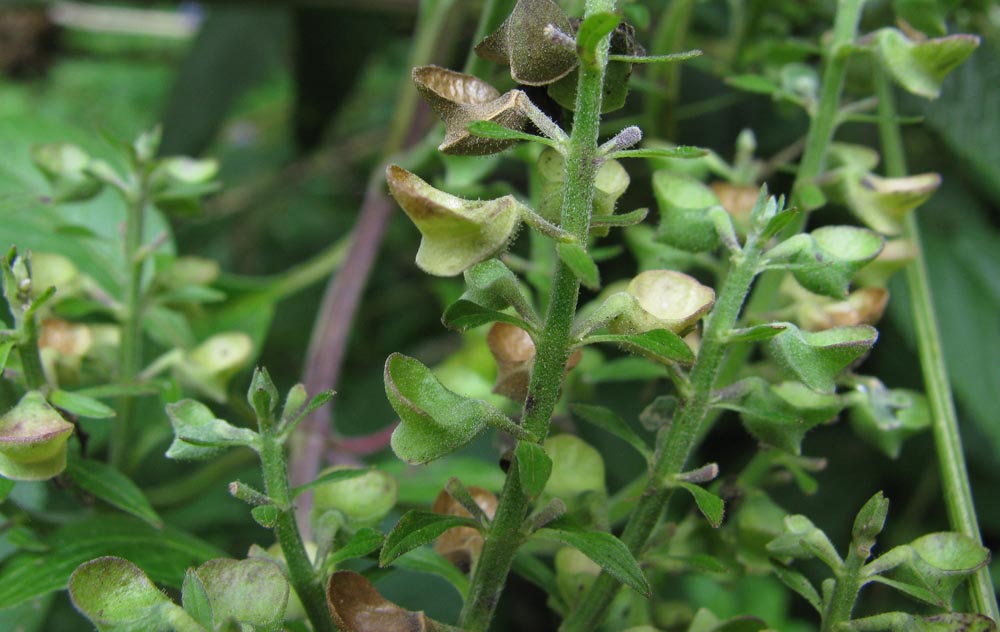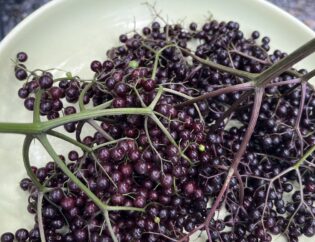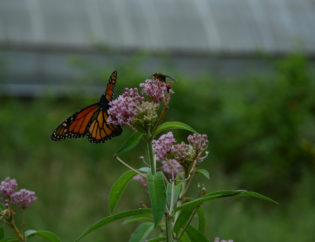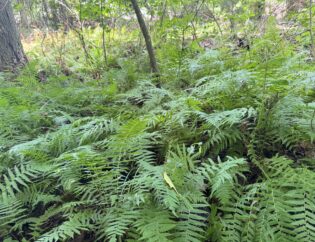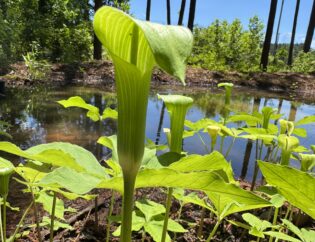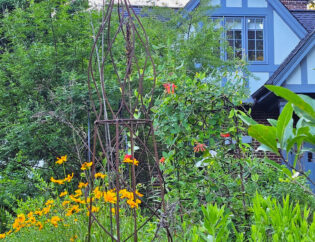The genus Scutellaria is composed of over 300 species that occur all around the world. It’s in the mint family, so it has the characteristic square stem and recursive leaf veins that are so common among mints. The latin name means “little dish” and refers to the covering of the calyx, which I guess if you look at it from the right angle resembles a small plate or bowl. I prefer the common name, “Skullcap,” it just sounds cool. It refers to the fact that the flowers resemble helmets worn by medieval soldiers. 
We have 2 of these species in cultivation at Beech Hollow at the moment. One has pink flowers, Scutellaria nervosa (above), while the other has blue flowers, Scutellaria incana (below). 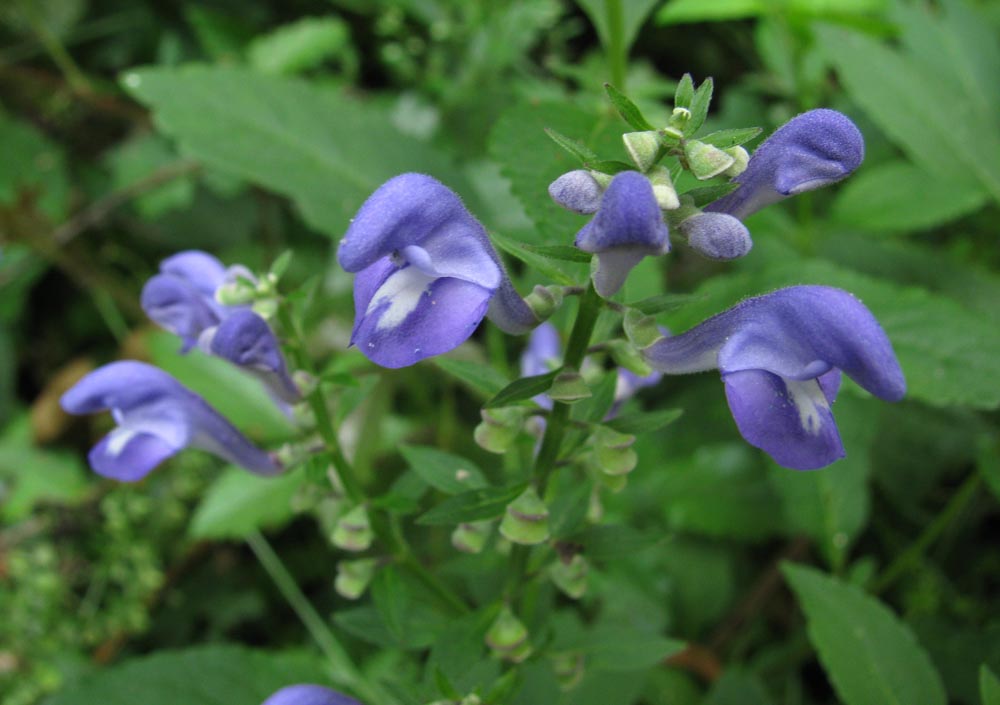
Regardless of flower color, after the blooms fade another interesting phenomenon occurs. The seed pod forms where that “little plate” is located at the base of the flower. The pod has two parts with a seam running all the way around it. It starts green, but as it matures it fades to a brown color and as the pod dries out it begins to contract. Eventually this leads to a breaking point and the pod splits along that seam and ejects the seeds, often sending them several feet from the parent plant.
These upper pods are about ready to pop. It’s a little easier to see the “little dish” in this picture. We joke about Scutellaria being an invasive species in the nursery because any other pots within about 5 feet of them will end up with Scutellaria seedlings in it. Despite their prolific seed production and dispersal, I have only seen a few of these plants in the wild. The plants in this genus are said to have sedative and anti-anxiety properties, and a Chinese cousin, Scutellaria baicalensis, has been used for centuries in traditional Chinese medicine. With such pretty flowers and possible health benefits this plant needs to be more common in the landscape. And the bumblebees love it too!
